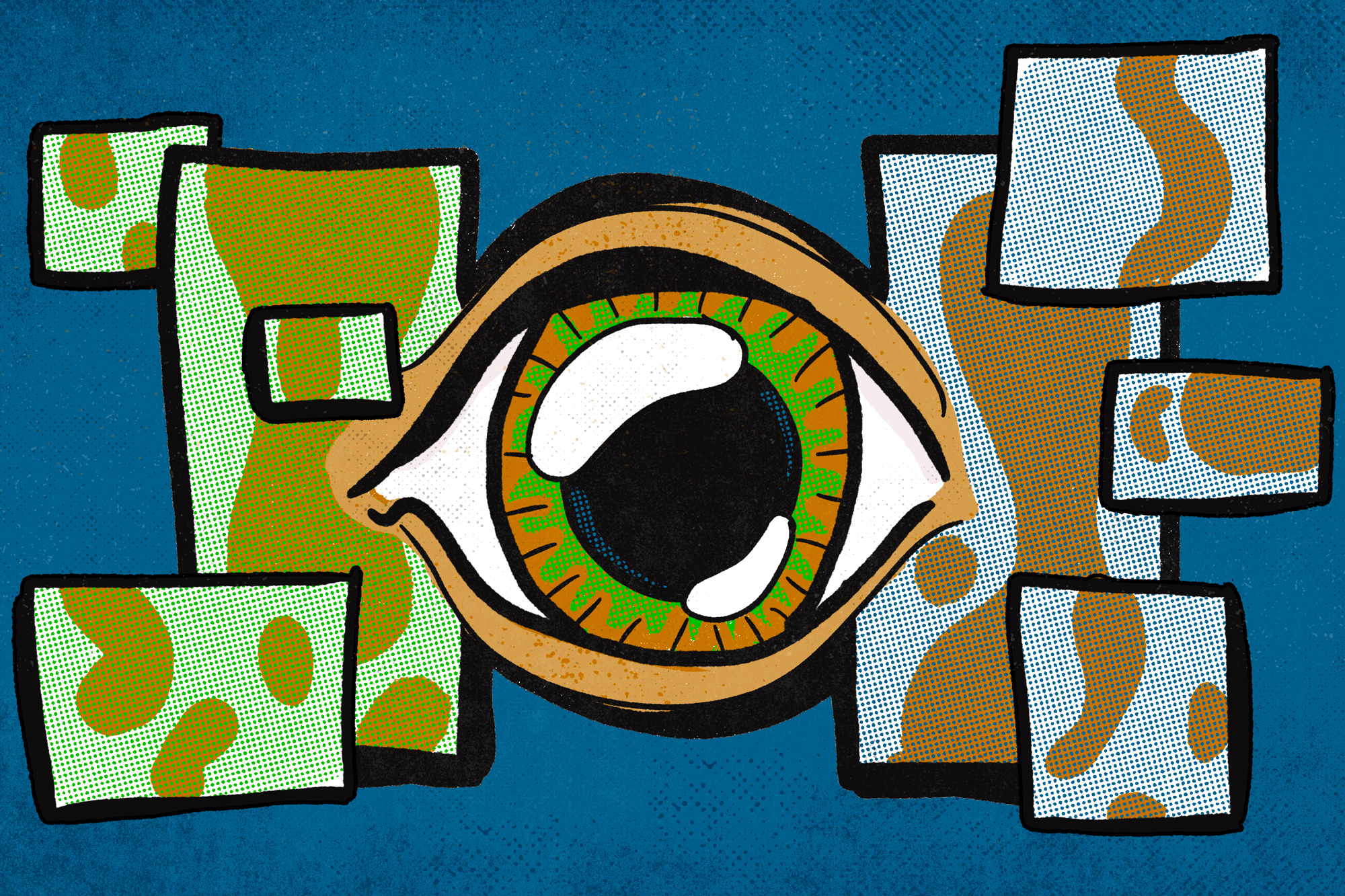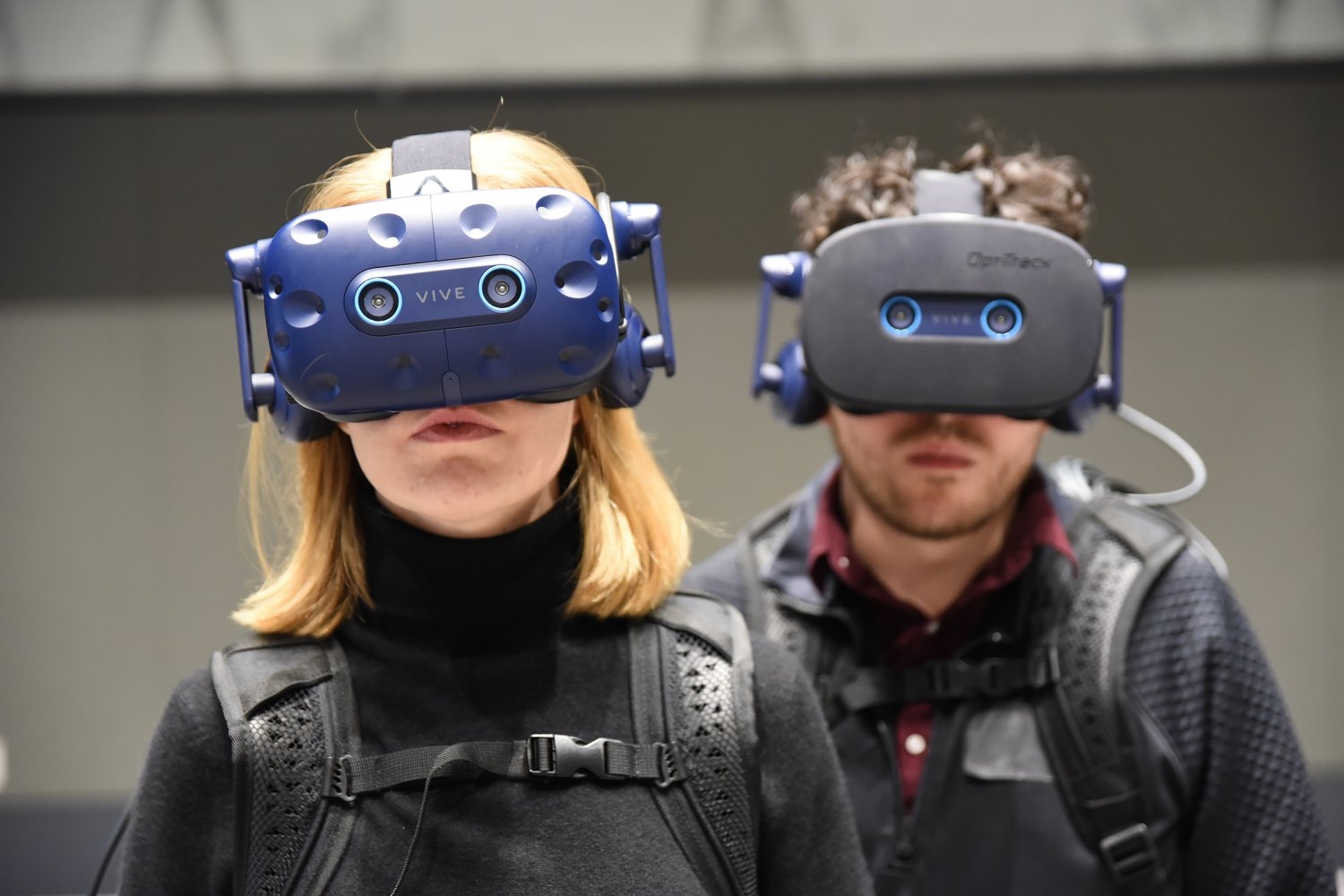Mammoth Mission: How Colossal Biosciences Aims to ‘De-Extinct’ the Woolly Mammoth
Ten thousand years after the last woolly mammoths vanished with the last Ice Age, a team of computational biologists is on a mission to bring them back within five years. Led by synthetic biology pioneer George Church, Colossal Biosciences is also seeking to return the dodo bird and Tasmanian tiger, as well as help save Read article >

Ten thousand years after the last woolly mammoths vanished with the last Ice Age, a team of computational biologists is on a mission to bring them back within five years.
Led by synthetic biology pioneer George Church, Colossal Biosciences is also seeking to return the dodo bird and Tasmanian tiger, as well as help save current-day endangered species.
“The woolly mammoth is a very iconic species to bring back,” said Eriona Hysolli, head of biological sciences at Colossal Biosciences, which is based in Austin, Texas. “In addition, we see that pipeline as a proxy for conservation, given that elephants are endangered and much of this work directly benefits them.”
There’s plenty of work to be done on endangered species, as well.
Critically endangered, the African forest elephant has declined by nearly 90% in the past three decades, according to Colossal. Poaching took more than 100,000 African elephants between 2010 and 2012 alone, according to the company.
“We might lose these elephant species in our lifetime if their numbers continue to dwindle,” said Hysolli.
Humans caused the extinction of many species, but computational biologists are now trying to bring them back with CRISPR and other gene-editing technologies, leaps in AI, and bioinformatics tools and technology, such as the NVIDIA Parabricks software suite for genomic analysis.
To bring back a woolly mammoth, scientists at Colossal start with mammoth and elephant genome sequencing and identify what makes them similar and different. Then they use Asian elephant cells to engineer mammoth changes responsible for cold adaptation traits, transferring the nuclei of edited cells into elephant enucleated eggs before implanting them into a healthy Asian elephant surrogate.
Tech Advances Drive Genomics Leaps
It took enormous effort over two decades, not to mention $3 billion in funding, to first sequence the human genome. But that’s now been reduced to mere hours and under $200 per whole genome, thanks to the transformative impact of AI and accelerated computing.
It’s a story well known to Colossal co-founder Church. The Harvard Medical School professor and co-founder of roughly 50 biotech startups has been at the forefront of genetics research for decades.
“There’s been about a 20 millionfold reduction in price, and a similar improvement in quality in a little over a decade, or a decade and a half,” Church said in a recent interview on the TWiT podcast.
Research to Complete Reference Genome Puzzle
Colossal’s work to build a reference genome of the woolly mammoth is similar to trying to complete a puzzle.
DNA sequences from bone samples are assembled in silico. But degradation of the DNA over time means that not all the pieces are there. The gaps to be filled can be guided with the genome from an Asian elephant, the closest living relative for the mammoth.
Once a rough representative genome sequence is configured, secondary analysis takes place, which is where GPU acceleration with Parabricks comes in.
The suite of bioinformatic tools in Parabricks can provide more than 100x acceleration of industry-standard tools used for alignment and variant calling. In the alignment step, the short fragments, or reads, from the sequenced sample are aligned in the correct order, using the reference genome, which in this case is the genome of the Asian elephant. Then, in the variant-calling step, Parabricks tools identify the variants, or differences, between the sequenced whole genome mammoth samples and the Asian elephant reference.
In September, Colossal Biosciences spun out Form Bio, which offers a breakthrough computational life sciences platform, to aid its efforts and commercialize scientific innovations. Form Bio is a member of NVIDIA Inception, a program that provides companies with technology support and AI platforms guidance.
Parabricks includes some of the same tools as the open-source ones that Form Bio was using, making it easy to replace them with NVIDIA GPU-accelerated versions of those tools, said Brandi Cantarel, vice president of bioinformatics at Form Bio.
Compared with the open-source software on CPUs, Parabricks running on GPUs enables Colossal to complete their end-to-end sequence analysis 12x faster and at one-quarter the cost, accelerating the research.
“We’re getting very comparable or exactly the same outputs, and it was faster and cheaper,” said Cantarel.
Analysis Targeting Cold Tolerance for Woolly Mammoth
A lot is at stake in the sequencing and analysis.
The Form Bio platform hosts tools that can assess whether researchers make the right CRISPR edits and assist in analysis for whether cells are edited.
“Can we identify what are the targets that we need to actually go after and edit and engineer? The answer is absolutely yes, and we’ve gotten very good at selecting impactful genetic differences,” said Hysolli.
Another factor to consider is human contamination to samples. So for each sample researchers examine, they must do analysis against human cell references to discard those contaminants.
Scientists have gathered multiple specimens of woolly mammoths over the years, and the best are tooth or bone samples found in permafrost. “We benefit from the fact that woolly mammoths were well-preserved because they lived in an Arctic environment,” said Hysolli.
An Asian elephant is 99.6% the same as a mammoth genetically, according Ben Lamm, Colossal CEO and co-founder.
“We’re just targeting about 65 genes that represent the cold tolerance, the core phenotypes that we’re looking for,” he recently said on stage at South by Southwest in Austin.
Benefits to Biodiversity, Conservation and Humanity
Colossal aims to create reference genomes for species, like the mammoth, that represent broad population samples. They’re looking at mammoths from different regions of the globe and periods in time. And it’s necessary to parse the biodiversity and do more sequencing, according to researchers at the company.
“As we lose biodiversity, it’s important to bring back or restore species and their ecosystems, which in turn positively impacts ecology and supports conservation,” said Hysolli.
Population genetics is important. Researchers need to understand how different and similar these animals are to each other so that in the future they can create thriving populations, she said.
That ensures better chances of survival. “We need to make sure — that’s what makes a thriving population when you rewild,” said Hysolli, referring to when the team introduces the species back into an Arctic habitat.
It’s also been discovered that elephants are more resistant to cancer — so researchers are looking at the genetic factors and how that might translate for humans.
“This work does not only benefit Colossal’s de-extinction efforts and conservation, but these technologies we build can be applied to bettering human health and treating diseases,” said Hysolli.
Learn more about NVIDIA Parabricks for accelerated genomic sequencing analysis.





































